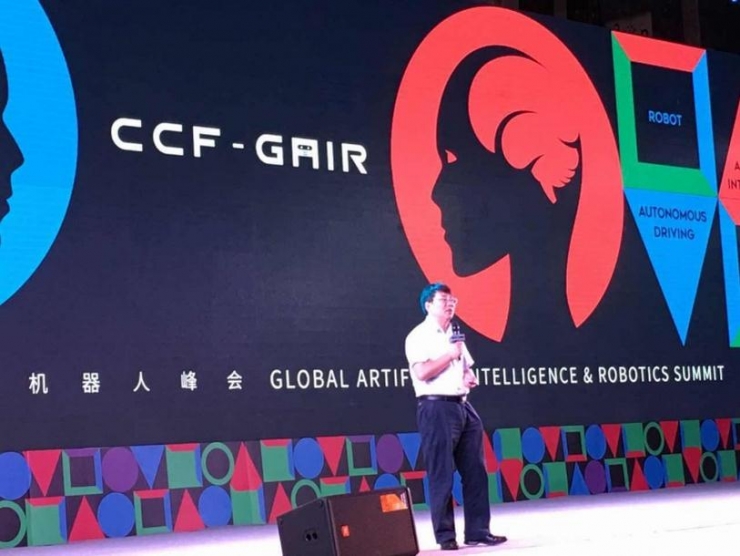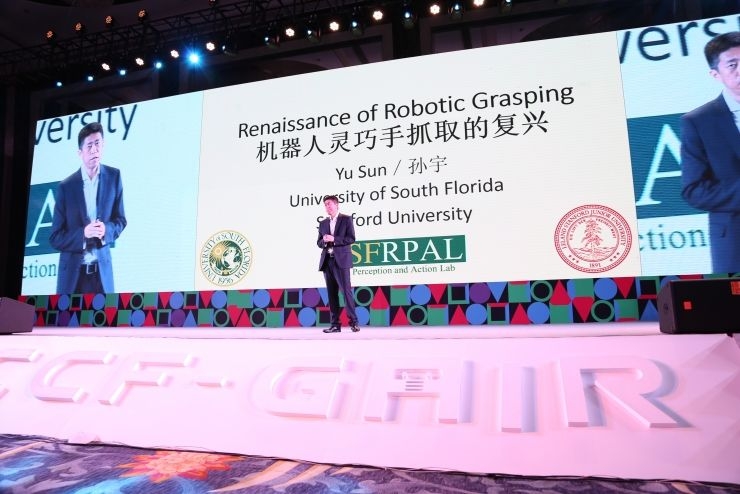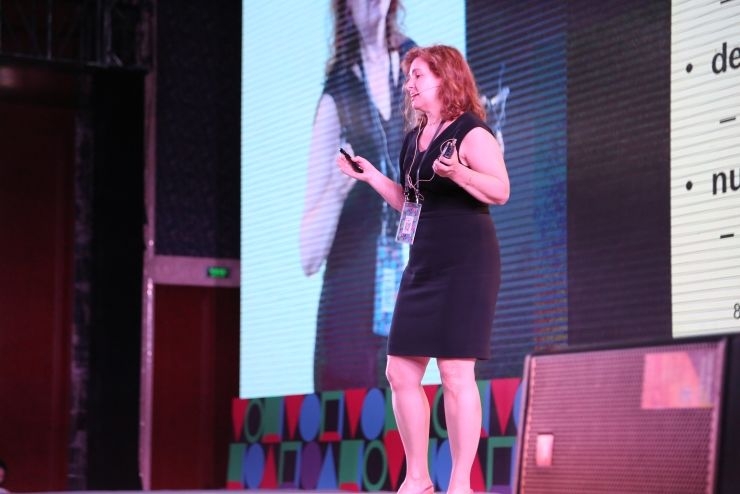Last week , at the CCF·GAIR global artificial intelligence and robotics summit organized by Lei Fengwang (searching for the “Lei Feng Net†public number) , many academic big cattle and robot entrepreneurs gathered to discuss the development and future of robots. Some of these wonderful speeches have been taken.
Ding Han: communion robot
Ding Han, academician of the Chinese Academy of Sciences, Dean of the School of Mechanical Science and Engineering, Huazhong University of Science and Technology, Director of the State Key Laboratory of Digital Manufacturing Equipment and Technology, has long been engaged in digital manufacturing theory and technology research.
In addition to its features such as high speed, high precision, high load, and high performance, Prof. Ding Han believes that the important feature of future robots is “communionâ€. This includes three layers of meaning:
1. The robot is highly adaptable to the environment: for example, walking in snow, working in narrow tunnels, etc.
2. High adaptability between robots and robots: multi-robot contract cooperation and mutual assistance of large-scale cluster robots.
3. Robots are highly adaptive to humans: Highly communicative between humans and robots, robots will be able to understand human thinking and actions.
Facing these three levels of communion, Prof. Ding Han elaborated on the content and direction of communicative robots from the three levels of structure, perception and operating system. Specifically including:
Has the behavior of conformity and controllability of rigid-flexible-soft structures;
With multi-modal perception communication skills;
Intelligent and distributed operating system architecture with both autonomy and group cooperation.
In the end, the three levels of research content are combined to form a system integration and verification platform for communicative robots through concrete realizations of robots of “workable craftsmenâ€, “smart considerations†and “labor division cooperationâ€.
In terms of specific implementation, Professor Ding Han said that the commissive robot project will be expected to invest 200 million yuan, which will take eight years to complete. Under the framework of the principle of encouraging originality, focusing on cutting-edge science and technology, intersecting disciplines, strengthening talent cultivation, and overall coordination, through the exchanges, cooperation, and mutual learning with various international organizations, China has continuously made breakthroughs in robot technology independently researched and developed.
Sun Yu: Give the robot a hand
Sun Yu is Professor of Computer Science at University of South Florida, Visiting Professor at Stanford University, Founding Chairman of the IEEE RAS Arm Arming and Handling Technology Committee, and Consultant on the Robot Direction of the US President’s National Advisory Council.
Sun Yu said that currently there are many robots in the laboratory. They can do a lot of things like manpower, can cook, can do housework, and can do everything in daily life. However, most of these robots have been carefully arranged and directed. Through very complicated programming, it took a long time for these demonstrations to be realized in specific environments and sports. Nowadays, it is far from a complicated environment. Can be applied.
Sun Yu proposed to use engineering methods to solve the problems of the project. There are some needs that can be reduced to the needs of the project. Through these needs, solutions to the project can be found. Sun Yu's laboratory invented a "Functional Object-Oriented Network" (FOON), which uses a variety of objects and its functions and operations to create an online knowledge base. With the network knowledge base, the lab can summarize different requirements according to different tasks and get the best solution based on this requirement.
Daniela Rus: Software Robot 
Daniela Rus, Director of the Robotics Laboratory at MIT, IEEE, AAAI Fellow, and a member of the National Academy of Engineering.
MIT has always been a pioneer in the research of robotics technology. This laboratory has studied cheetahs, Atlas and other sensational military robots. This time, Daniela Rus talked about the twelve leading edge technology trends in the world of robotics in an hour-long report, the first of which was software robots.
Rus said that the previous robots were all steel bodies, but such structures were not well adapted to various environments. Software refers to the robot's structure is made flexible and flexible, like the human body structure. In general, the body structure of a soft body robot is made of soft silicone to enhance its adaptability and adapt to different unknown environments. Rus proposed that in addition to soft silicone, it can also use water or air to drive the structure of the software.
Rus said that the current ranking of software robots in the robotics discipline is the highest, which means that everyone pays the highest attention to software robots.